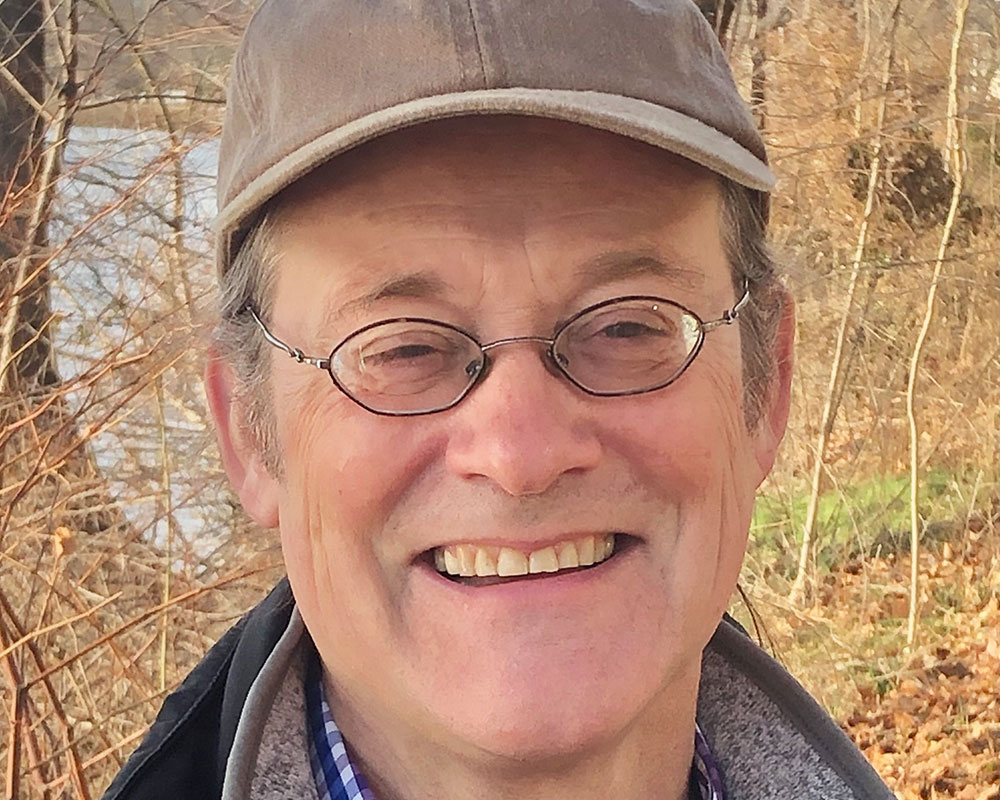The U.S. Environmental Protection Agency Monday joined safe water guardians, including the Merrimack River Watershed Council, along the banks of the Merrimack River to acknowledge their water quality protection efforts and share results of water sampling data.
Those who participated in the routine monthly water testing included scientists, stewards and students from Lawrence High School.
“Without good science, how can we protect human health and the environment? It’s an extraordinary effort to collect water samples, take field measurements, and get the samples to EPA’s North Chelmsford laboratory within six hours for accurate analysis, all under strict quality assurance protocols every month,” said EPA Regional Administrator David W. Cash. “The collaborative efforts of all the volunteers and the Merrimack River Watershed Council are invaluable.”
Sen. Ed Markey added, “We can’t manage what we don’t measure, and we can’t treat what we don’t know. That’s why this citizen science water sampling effort will unlock the knowledge necessary to help safeguard the Merrimack River for decades to come,” said Senator.
Merrimack River Watershed Council Executive Director Curt Rogers hailed its partnership with EPA, saying, “We simply could not do our intensive water monitoring program without EPA’s robust collaboration—from assisting in drafting the sampling protocols to running the lab analysis throughout the year. This sampling program identifies areas of high concern for pathogens, such as E. coli and Enterococcus, which gives us a better understanding of the impacts on recreation and wildlife.”
Others involved in the water sampling efforts include Groundwork Lawrence, Essex County Greenbelt, Merrimack Valley Planning Commission and Northern Essex Community College.
The Merrimack River watershed is a recreational resource for nearly 200 communities and 2.6 million people and is the primary drinking water source for about 550,000 people in Massachusetts and New Hampshire. The vast two-state watershed covers 5,010 square miles and is home to a variety of sensitive species and habitats.

